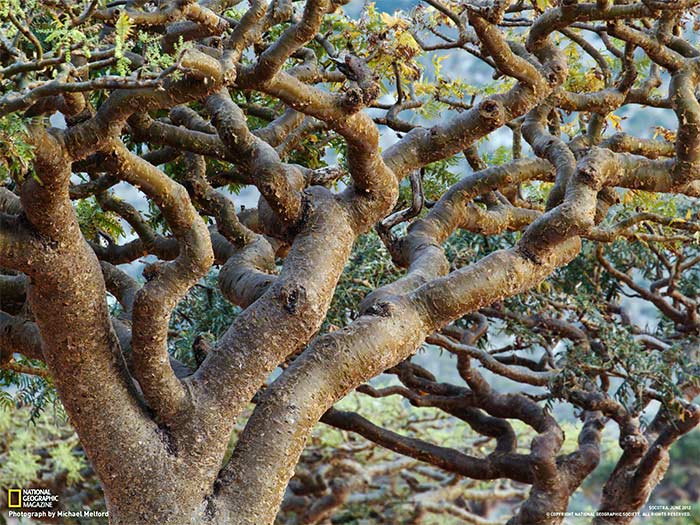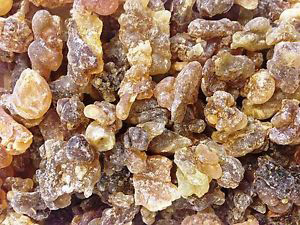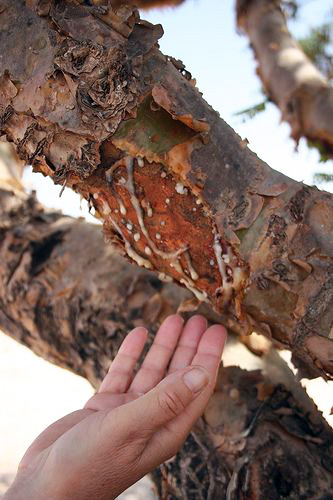
Frankincense has connected ancient cultures like Babylon, Egypt, Syria, Greece and Rome in a tapestry of rich history.
- It was one of the gifts the Wise Men brought to the Christ Child.
- It was and still is used in ceremonial, meditational and medicinal practices.
Frankincense oil is created from the resin of the Boswellia tree. There are three primary types of trees that are farmed for Frankincense. They are grown in regions of Africa and in the southern Arabian Peninsula. These are harsh and challenging areas of the world, both environmentally and politically.
When harvested with care, the Frankincense tree can live for at least 100 years.
The trees are scored and then a portion of the bark is scraped away. The wounds of the bark produce a milky white resin. When the resin hardens it produces drops or “tears” of golden nuggets.
Frankincense for You
Frankincense serves the nervous, respiratory, digestive, and muscular systems. In Western Medicine today, Frankincense and Myrrh are being used to help heal traumatic wounds both internally and externally. In Traditional Acupuncture and Herbal Medicine, Frankincense has been used to treat wounds and pain for centuries.

Properties: Frankincense is noted for its calming, grounding and centering essence. In Herbal Medicine, it is known for its connection to the Heart to create ease in the moment; on a body, mind and spirit level. Acupuncture and acupressure points used with Frankincense can relieve anxiety and help regain balance in breathing.
References: informational resources used: “Clinical Aromatherapy” by Peter Holmes, and “The Pharmacy of Flowers” by David Crow.

